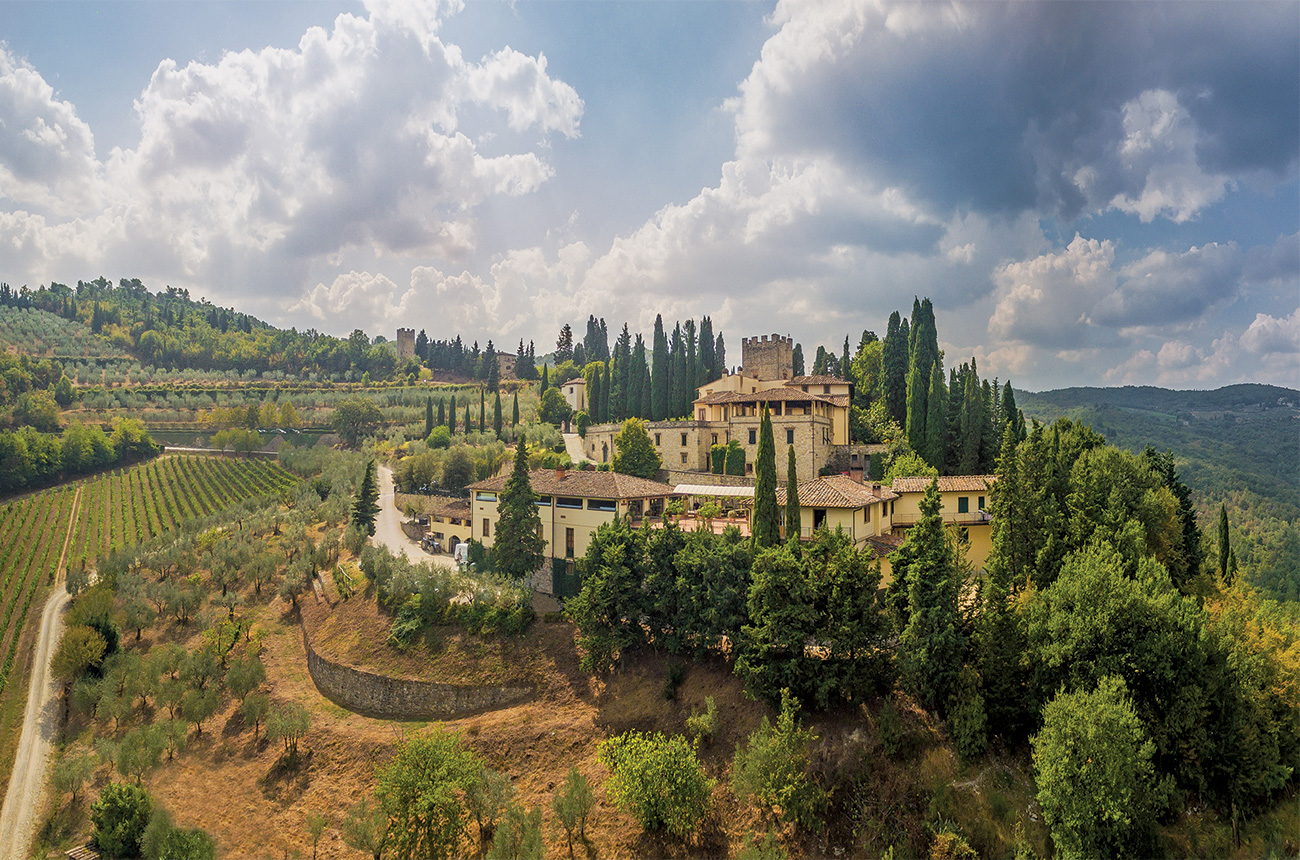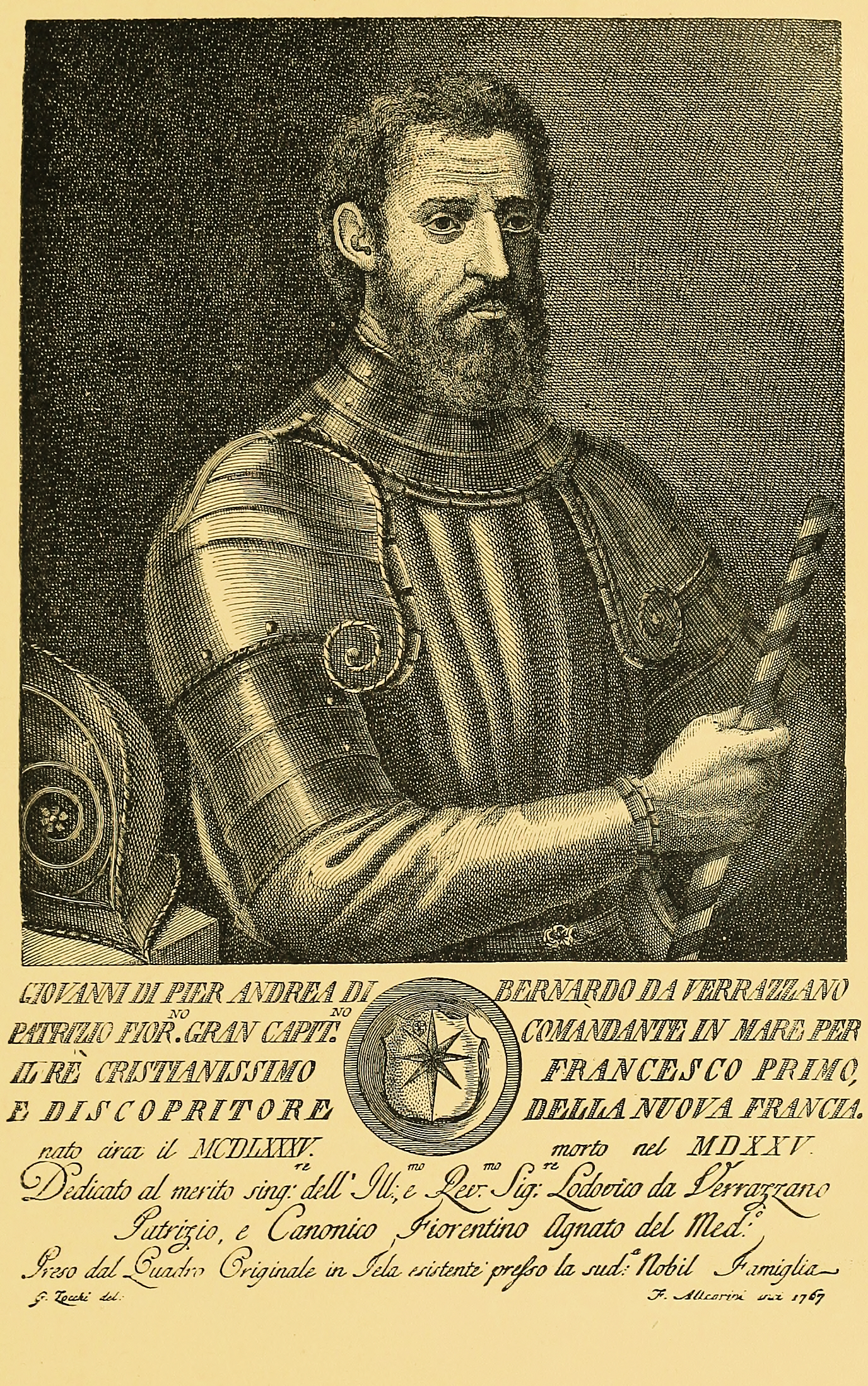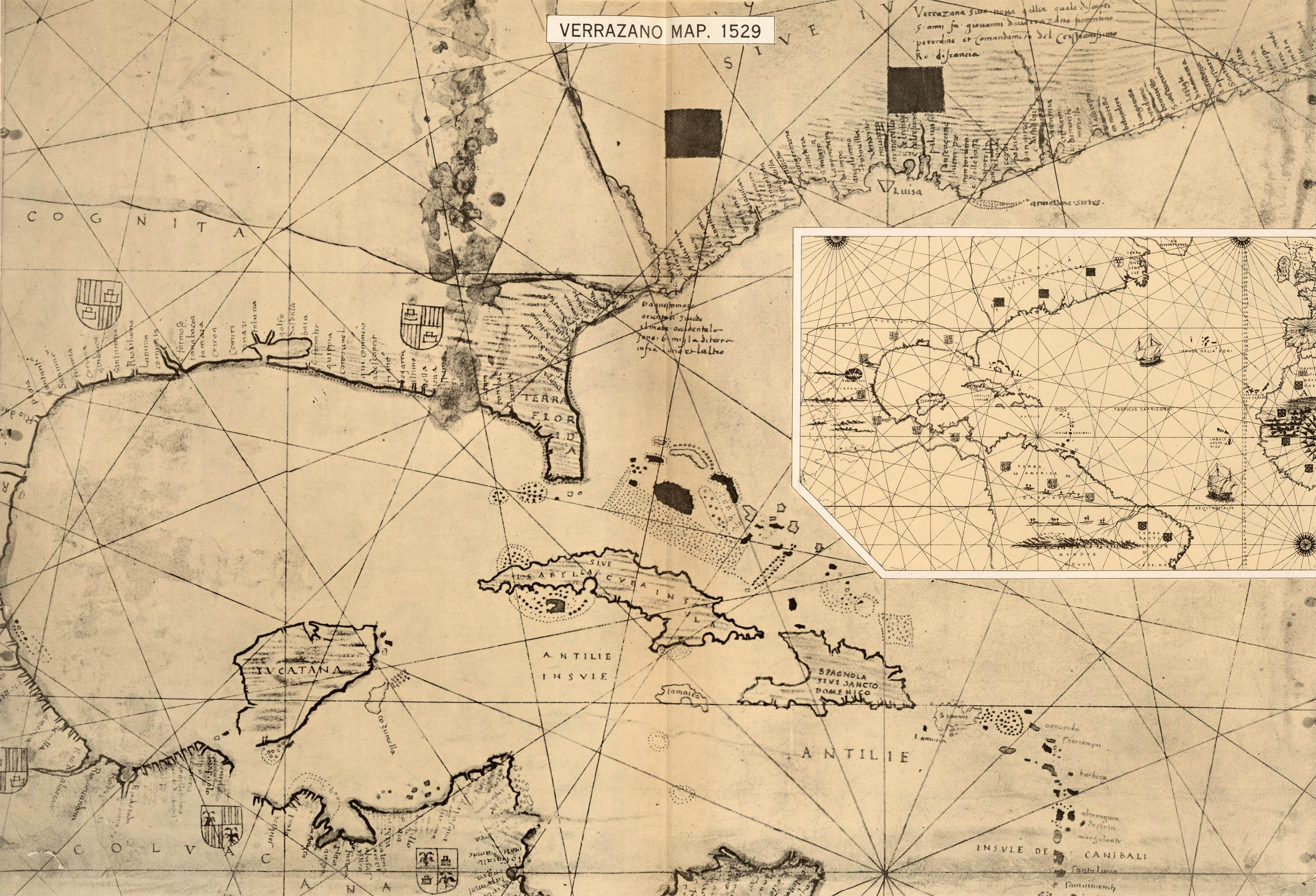Giovanni da Verrazzano was a Florentine explorer,born precisely in Greve in Chianti: he was the first to set foot on the Atlantic coast of North America.
We don't know much about her private life, but her career was really interesting and ended unlucky (perhaps).

Do you know his story?
8 curiosity about Giovanni da Verrazzano,born around 1485, Tuscan merchant, navigator and explorer, the first European to have created an elaborate map of the American East Coast during his travels.
-
In love with the East
The son of two Florentine nobles, from a young age he grew the desire to visit the Eastern world, a hotbed of new experiences. His first destinations were Egypt and Syria, at the time considered unattainable destinations.
-
Before navigator, great scholar
The young John devoted a great deal of time to the study of all kinds, be it humanistic or scientific: he deserved the reputation of a man connoisseur in omni re scibili.
-
He was a pirate
In 1506 Verrazzano moved to Dieppe in France. For many years he was practically a pirate for France, plundering Spanish and Portuguese maritime ships.
-
He was very well-liked
The good reputation he enjoyed is a fact. His presence was always very welcome both at court and during more familiar occasions: everything suggests that John's typically Florentine humor made him very sympathetic and lovable.
-
He served King Francis I of France

John from Verrazzano met King Francis I of France between 1522 and 1523: the deeds of Columbus and Vespucci, who had become protagonists of great exploration, had left France behind in terms of exploration.
Verrazzano managed to convince Francesco I, who had already known and greatly appreciated Leonardo da Vinci in the past, to be the man who was right for him.
-
Departed with four boats, he arrived at his destination with a
Under Verrazzano's personal direction, a fleet of four ships was set up.
The flagship Dauphine, named after the King's eldest son and three other carats including the Normandie. Due to a storm, two carilles sank almost immediately, and Normandie came out very badly reduced so much that she was sent back; only the Dauphine, probably because larger and stronger, managed to face the ocean.
-
Discovered New York Bay
The Dauphine spotted land around March 8, 1524: it first headed south in search of a landing, then reversed course and headed north. Verrazzano writes of "a great riviera within which the mouth was deep, in which saria passed every ship" and that "said Riviera goes about half a league into the earth forming a beautiful lake. The vast body of water was teeming with indigenous boats."
April 17, 1524: Giovanni da Verrazzano had landed in New York Bay.

-
Was he eaten by cannibals?
After his first fruitful expedition, two more followed, in the last one his goal was to reach the Far East that he loved so much.
The expedition,which included his brother Jerome, drifted to the Bahamas in 1528: they docked in a small bay; Verrazzano and part of the crew decided to explore the island.
Since we have no reliable data on the death of the great Tuscan Navigator, except that he never returned from this expedition, many narrate that during this expedition the group with Verrazzano was captured by some cannibal natives. And that all the men were killed and eaten while Brother Jerome watched helplessly from the flagship.
Was this the real end of this indomitable curious and explorer? We can't say for sure.
We can say, however, that he was the first European to explore the Atlantic coast of today's United States and that for a long time he did not have the due recognition given to other explorers.
The most striking case concerns the discovery of New York:until recently it was believed that it was Henry Hudson who first discovered it, but it was not until 1609.
The story is a little sadly reminiscent of Meucci's: don't you think so?
Image source: wikipedia, science source, ocean for future, castello di verrazzano










 Map
Map